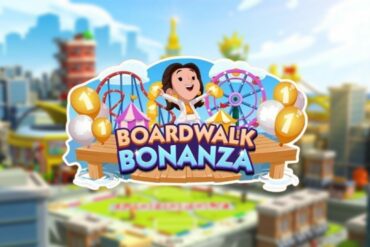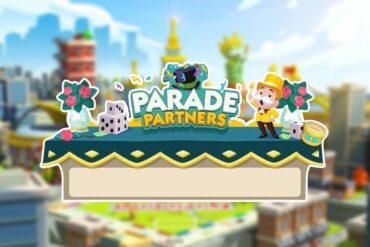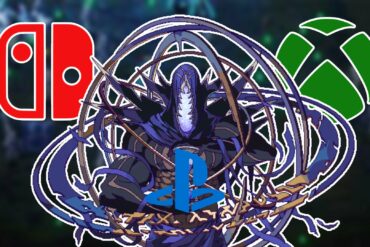Paper Mario: The Origami King has just been released in the past couple of weeks. I have yet to pick it up myself for a couple of reasons. One of those is that I currently have too many games in my “to play” stack for my Switch (and for everything else, for that matter). I definitely don’t need a huge video game devouring a lot of my time and energy right this second. Likewise, my birthday is coming up. And I’m obnoxious enough to shop for, without me going out and buying more video games for myself. If I hold off on it now, there’s a nonzero chance I’ll wind up with it anyway.
The big reason I haven’t gotten it yet is the fact that I’m a little leery about it. I’ve been hearing a lot of divisive things about the game. I’ve heard the writing and characters are decent enough (if not necessarily up to the standards of some previous entries in the series). Except, I look at that combat system and ask myself, “Does this actually look fun?” And I don’t have a good answer for myself. But, it definitely isn’t the first time I’ve had questions about a divisive entry in the series.
Starting With a Blank Page
If you’re familiar with the Paper Mario series, you’re no-doubt aware that the last couple entries of the series have been something of a contentious subject among fans. People viewed the combat system and the writing of Paper Mario: Sticker Star as a HUGE step backwards in the series. To the point that people were saying Nintendo and Intelligent Systems didn’t understand what people loved about the series. While Color Splash is an improvement over Sticker Star in a lot of ways, there were still complaints. People weren’t happy with how the battle system worked, the lack of unique characters, and that Nintendo was focusing MORE on the “Paper” aspect of the games than anything. Fans pointed out that they didn’t fall in love with the series because of papercraft aesthetic, or gimmicks related to that. But because of the sense of worldbuilding, and the writing that the series possessed.
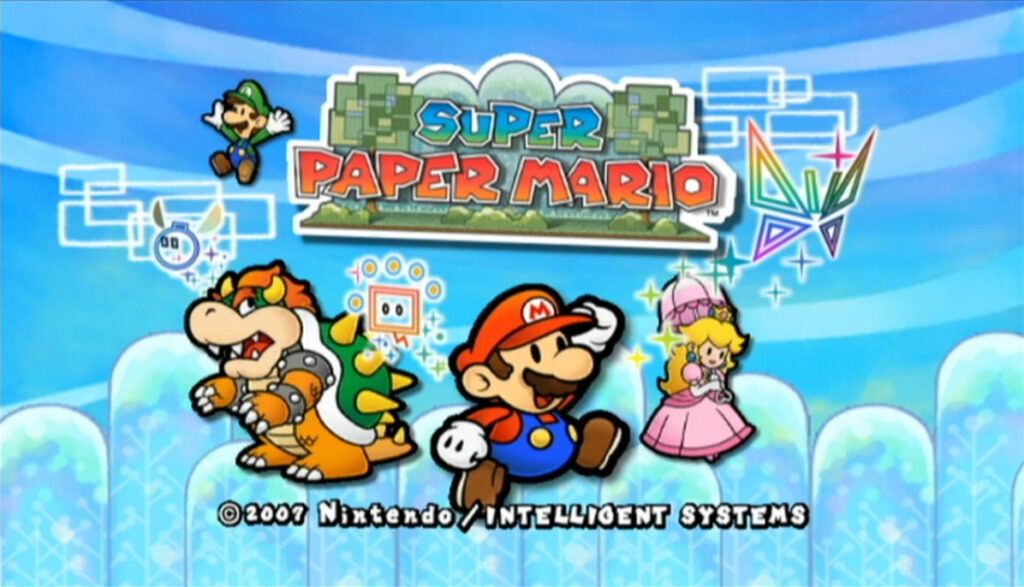
The divisiveness didn’t start with those games either. I remember back in the days of the Wii, people complained about the changes that Super Paper Mario brought to the Paper Mario franchise. How it was no longer an RPG, and thus didn’t understand the soul of the series. And a debatable entry in the Paper Mario franchise, and should go die in a fire.
In this case, I don’t entirely agree with the sentiment.
I’m actually part of the camp that adores Super Paper Mario. Stemming from the fact as a kid I didn’t own a Nintendo console, so I didn’t get to experience the games until well after they came out. But I look at Super Paper Mario, I play it, and I still enjoy myself.
The major complaint people have about Super Paper Mario is the fact that it goes from “RPG with Platformer elements” to “Platformer with RPG elements.” And, to be fair, this is a reasonable issue to have with the game. When I boot up a version of, say, Dragon Quest, I’m expecting certain things. Turned based combat is definitely one of them. While Super Paper Mario is only the third entry in that particular franchise, it has its roots in Super Mario RPG: Legend of the Seven Stars. Before it’s release, the original Paper Mario was going to be a direct sequel to THAT game. And Paper Mario: The Thousand-Year Door built on those RPG elements to make an even better game. To all of a sudden go from, “Hey, we’re a turn-based RPG” to “Hey, we’re a platformer” is devastating. And not what the players of the previous games fell in love with.
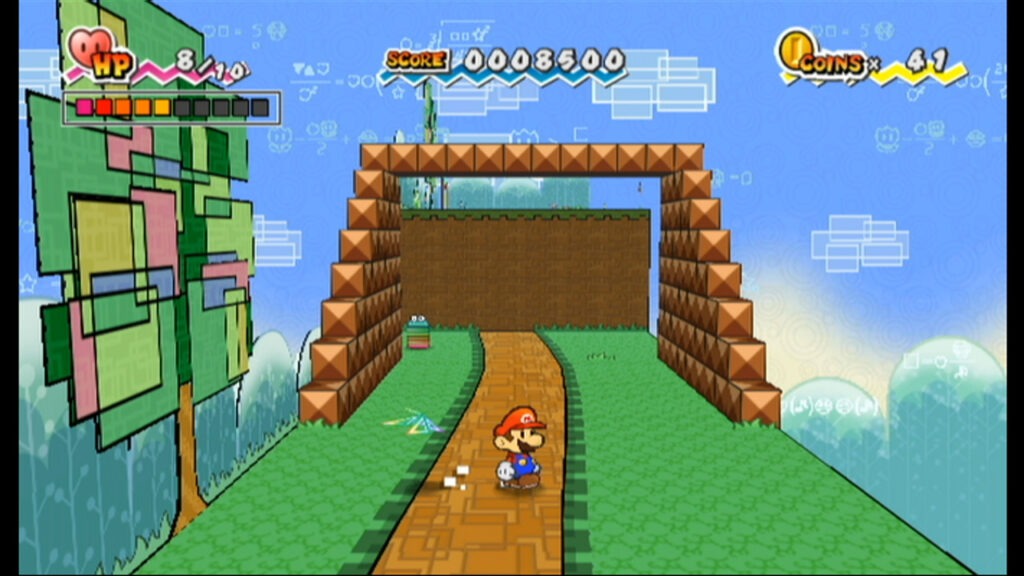
Even though the gameplay is not the turn-based combat from the previous entries, I still quite enjoy it. Don’t get me wrong, this is not the world’s best platformer. But the gameplay does mesh well with the story and the way that the universe works.
Obviously, the older Mario games are platformers, and as a result of this, Super Mario RPG and all its descendants definitely include platforming elements. So, ramping up platform elements at the expense of the RPG elements is not a huge stretch of the imagination. Sure, combat and obstacle solution now requires a different set of skills than 64 or The Thousand-Year Door, but it still feels rewarding in its own way. This is in stark contrast to Sticker Star, where, due to the way combat worked, getting into a battle felt like it was punishing the player. While Super Paper Mario isn’t perfect, I find its particular blend of RPG and platforming mechanics fun and refreshing.
Likewise, I hear people complain that Super Paper Mario is the game where Nintendo started focusing on the “Paper” in Paper Mario more than anything. There are a variety of puzzle mechanics that involve taking advantage of the characters being two dimensional. When the space is three dimensional, this is where Nintendo started going off the rails for the series. While it is true that the flipping mechanic is an important aspect, it isn’t the core of the game. The focus of the game is not on the fact that “Oh boy everything is paper, isn’t that WACKY?” It’s more a tongue in cheek use of the design aesthetic. Besides, the various curses in Thousand-Year Door played with those elements before Super Paper Mario did. Contrast this with Sticker Star onward, where the actual focus of the game is the world itself comprising of paper, and real-world objects being obstacles, enemies, or puzzle solutions. In comparison, Super Paper Mario’s use of the paper aesthetic seems positively tame.
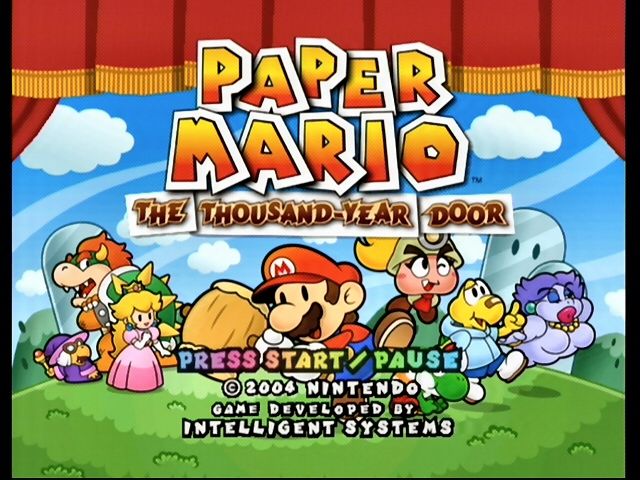
One complaint I hear less often is the replacement of partners with the Pixls. How the Pixls have far less development and characterization compared to the various partners from the previous games. Sadly, there is some truth to this. Of the Pixls, the only one to get any dialogue beyond their introductory scene is Tippi. Ultimately, the Pixls are more “game mechanic” than “character”. But that’s not to say that the game is without characterization and personality.
This is what I feel is at the crux of this, what makes me enjoy Super Paper Mario.
This is what I feel is at the crux of this, what makes me enjoy Super Paper Mario. Fans of the Thousand-Year Door look at Super Paper Mario, and go, “THAT’S NOT PAPER MARIO.” And to a degree, that is true. This was not exactly the gameplay successor of The Thousand-Year Door. Were I a Nintendo Exec at the time (or ever), I’d have suggested giving Super Paper Mario some sort of different name. To show the fact that this isn’t exactly the same gameplay that people had gotten used to at this point. This was going to be something different.
But to me, Paper Mario was never about the RPG gameplay. At least, not entirely. Likewise, the series is not about a world made of paper, or wacky paper-based gimmicks. To me, the heart of Paper Mario has always been the writing. The humor. The characters. The sense that these games are taking place in a cohesive world, rather than in some sort of vacuum. And about getting a story in the Mario universe that we wouldn’t be able to get otherwise. And in this regard, Super Paper Mario delivers. Oh boy, does it ever deliver.
Super Paper Mario goes larger in scope than any Mario game ever did before (and perhaps more than any has ever since). In Super Paper Mario, you aren’t just trying to save Peach from being abducted. You aren’t saving the Mushroom Kingdom from invaders. No, what you get is a multiversal quest where what’s at stake is all of existence.
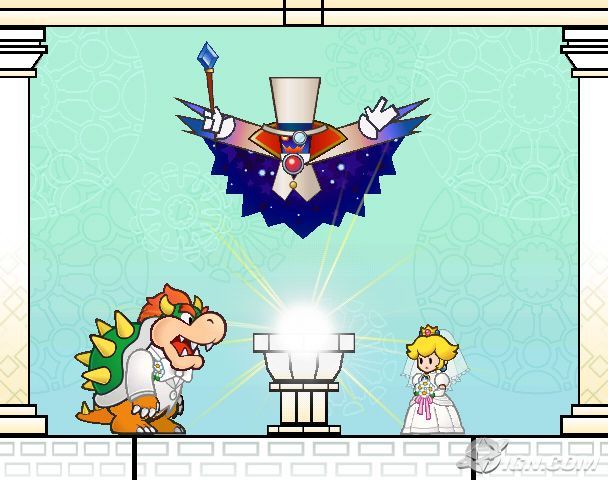
The universe is ending because the bad guys got Peach and Bowser to have a wedding, and this is so unlikely that the universe is breaking. You travel through several distinct worlds, each with their own culture, building on the mythology of the Mushroom Kingdom universe in each one. Each chapter filled with memorable and charming characters (or charmless, in the case of Francis, the nerdy chameleon everyone loves to hate). All the worlds feel like they’re lived in, and not just there for the sake of being an obstacle. It even provides a look at the concept of death and afterlife from the perspective of being a video game character.
Where else in Nintendo but Paper Mario would you get something like that?
While the Pixls don’t get much characterization or development, the main playable characters do. Although, Mario is mute in this game, we get to see Peach, Bowser, and Luigi once again in action, and see how they think. As is often the case of these games, Bowser is a boisterous buffoon with a heart of gold, adding a lot of comedy to this game. But we get to see moments where the silk of Princess Peach is hiding steel, providing some of the coolest moments in the game. Likewise, the fact that Luigi feels overshadowed by his brother is a huge part of this game, more so than perhaps any other Mario game.
Lest we forget, there are bad guys in this game. They are among my favorites in the Mario franchise. At first glance, Count Bleck’s crew seem to be generic doomsday villains, out to destroy the world for the sake of evil. But each one of them has something else going on in the background. Whether it’s O’Chunks sense of honor and shame, Dimentio’s scheming, or everything going on with Count Bleck. Each one of them gets moments of humor, along with moments of drama. And it’s all compelling. The entire game, I wanted to know more about these characters.
Combing all of these elements together, you get a fun game with cartoonish elements telling a deeply moving story. It shows that pain can cause us to become a destructive force, but that love can redeem. It covers an entire spectrum of emotions, without feeling too much of a whiplash. And really, what can be more Paper Mario than that?
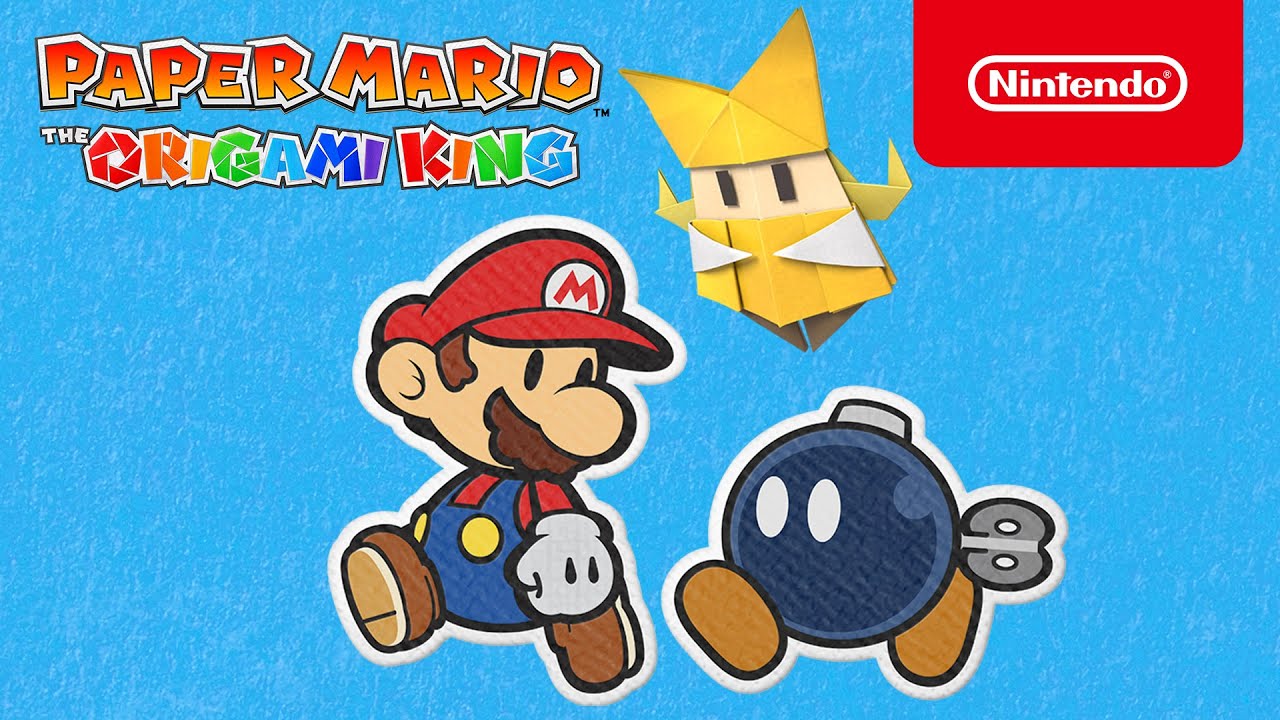
I’m still on the fence about Origami King. But Super Paper Mario shows that I can definitely enjoy the divisive entries of the series. Maybe, once I learn more about the game, I can make a final decision about getting the new entry. In any case, I still love the series, warts and all. Even when it has vast changes in genre, the core of storytelling is the thing that fans fell in love with originally. I hope that Origami King is a step in the right direction.


